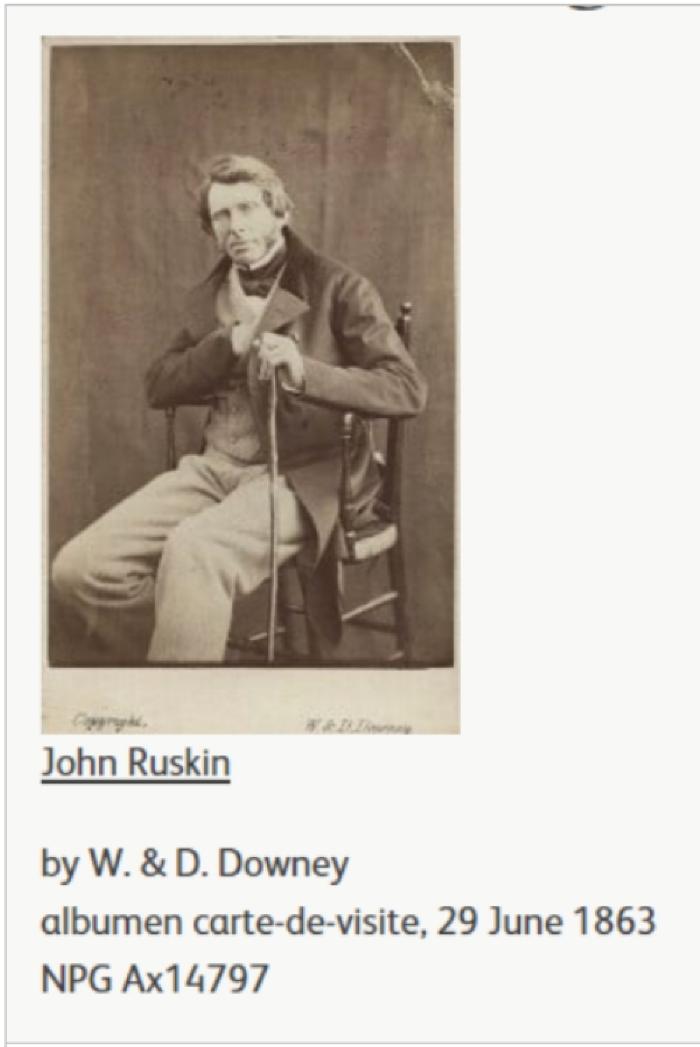
Ruskin Close – John Ruskin (1819-1900)
https://www.nationalgallery.org.uk/paintings/john-ruskin-and-the-national-gallery
John Ruskin was known as the man who defined the ethical dimension of art and architecture through his writings and lectures, after whom Ruskin Close is named. His prominence is most significant across fields such as geology, architecture, literature, and political economy. His engagement with Viollet-le-Duc’s architectural theories, particularly through his teaching of works like the Dictionary of Architecture, profoundly influenced his pupils, including William Morris. Ruskin's writings spanned essays, poetry, travel guides, and fairy tales, evolving from elaborate prose to simpler, more effective communication. His work consistently explored the interconnectedness of nature, art, and society. Ruskin gained significant recognition with "Modern Painters" (1843), defending J.M.W. Turner’s art and advocating for "truth to nature." By the 1850s, he supported the Pre-Raphaelites and shifted his focus towards social and political issues. His 1860 work, "Unto This Last," marked this transition. Appointed as the first Slade Professor of Fine Art at Oxford in 1869, Ruskin founded the Ruskin School of Drawing and initiated "Fors Clavigera," a series of letters to British workers, outlining his vision for an ideal society. This led to the establishment of the Guild of St George, an enduring organization reflecting his ideals. Ruskin's influence persisted into the 20th century, with renewed interest in his work highlighting his foresight in environmentalism and sustainability.
